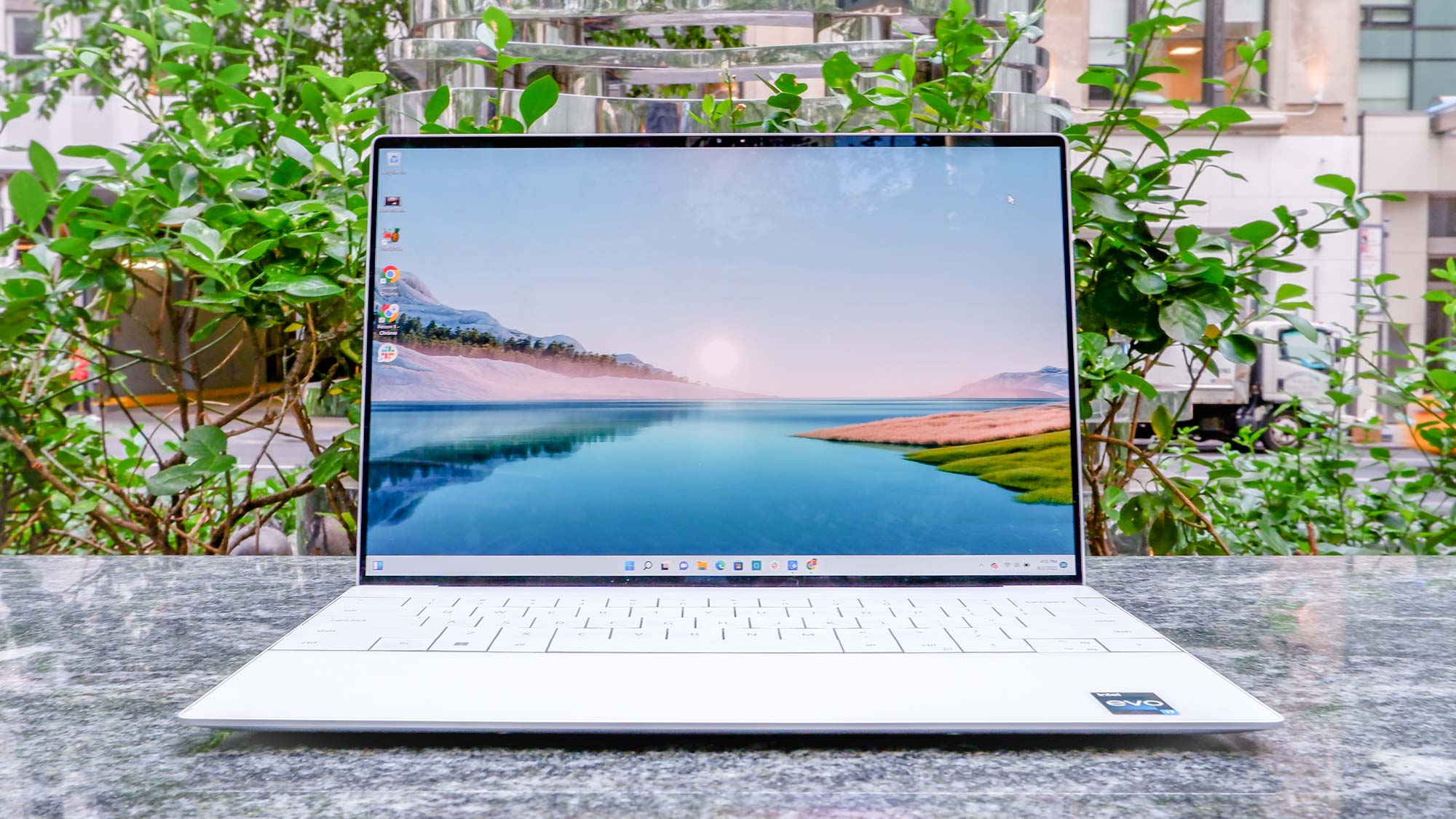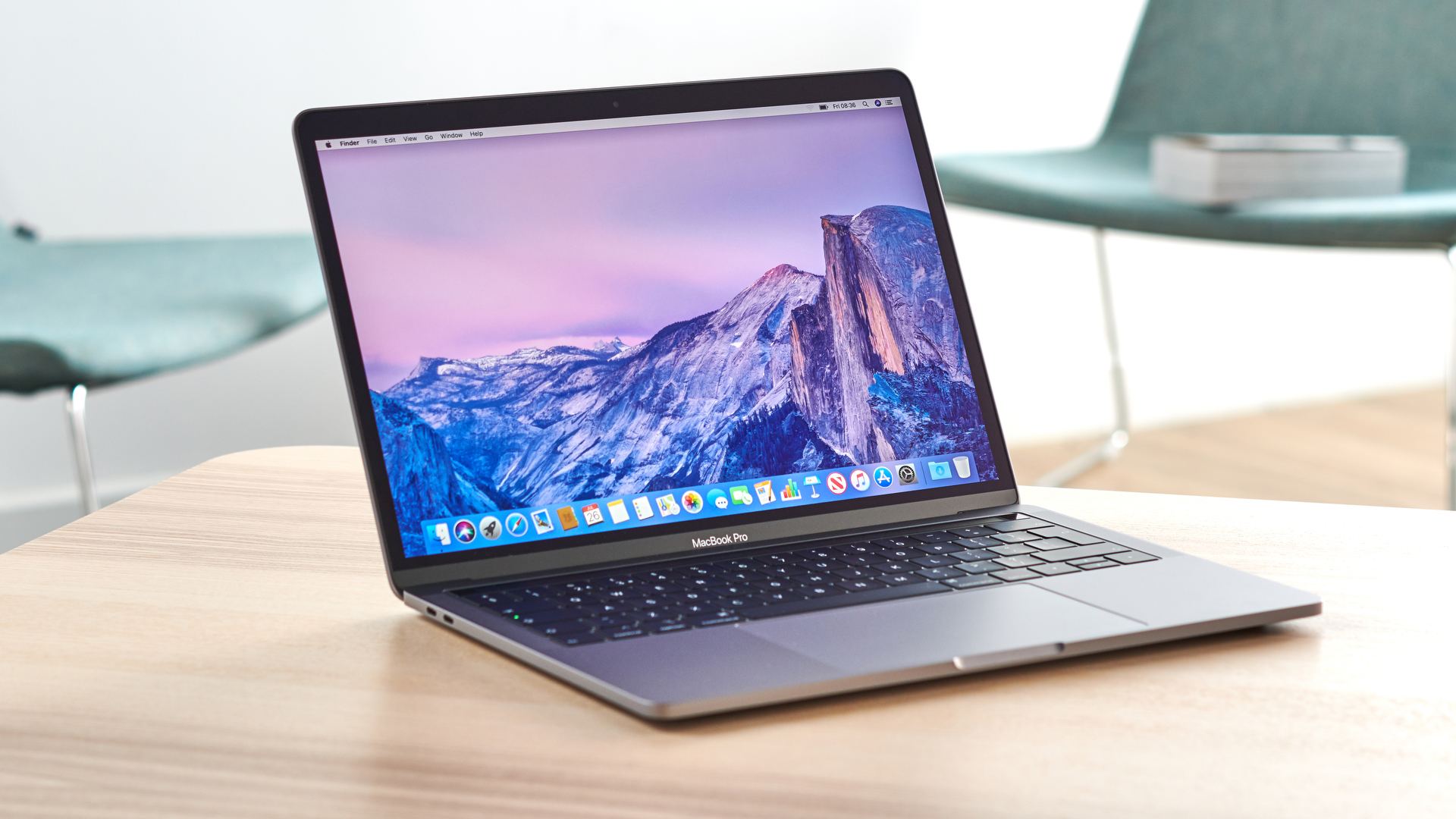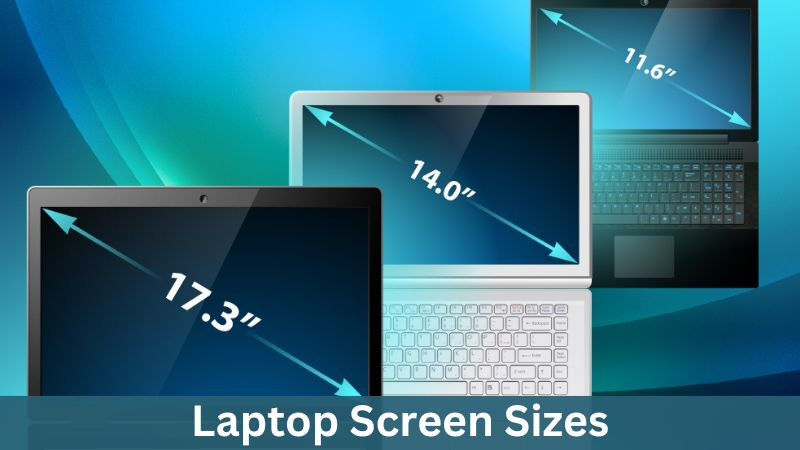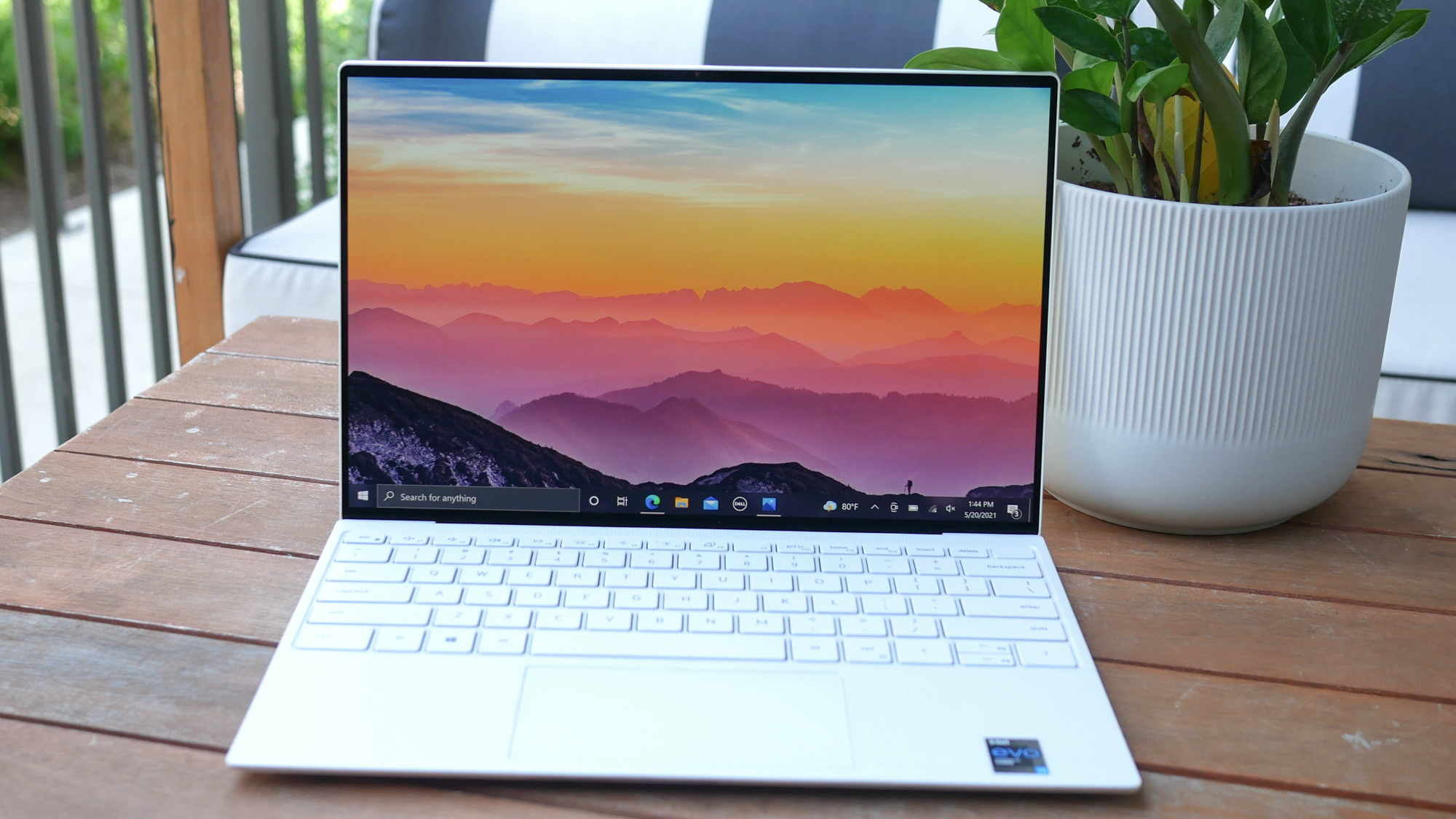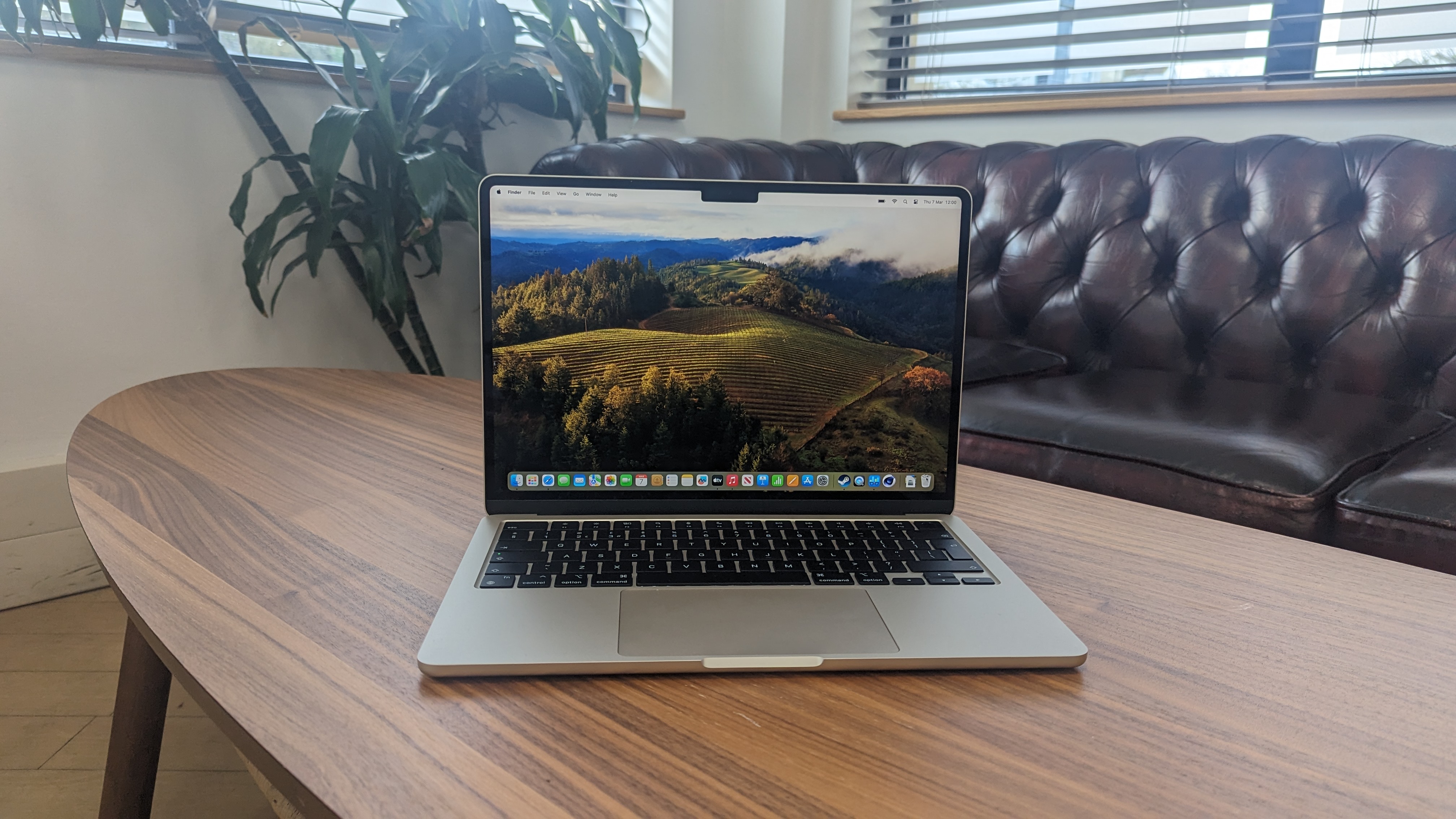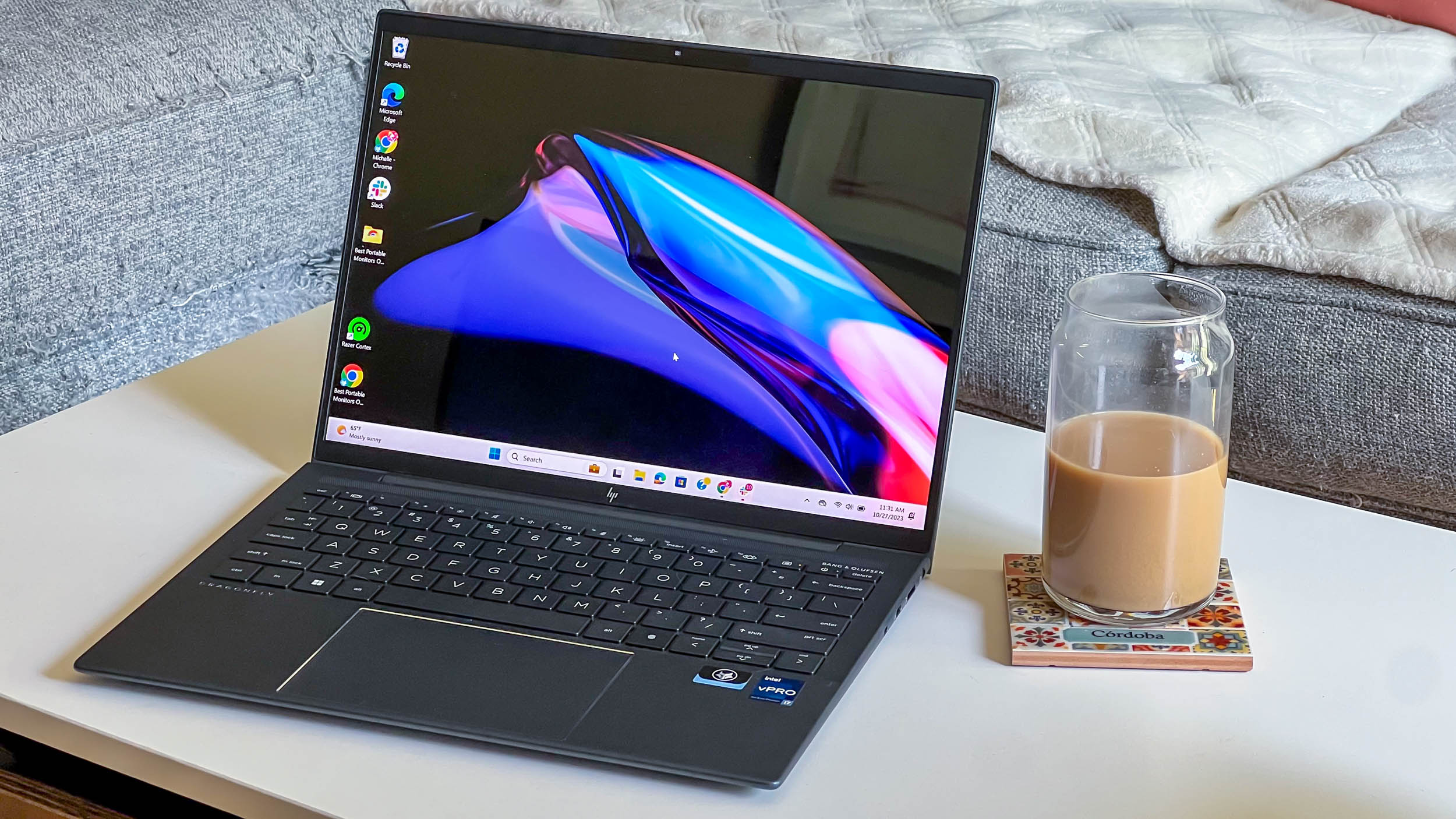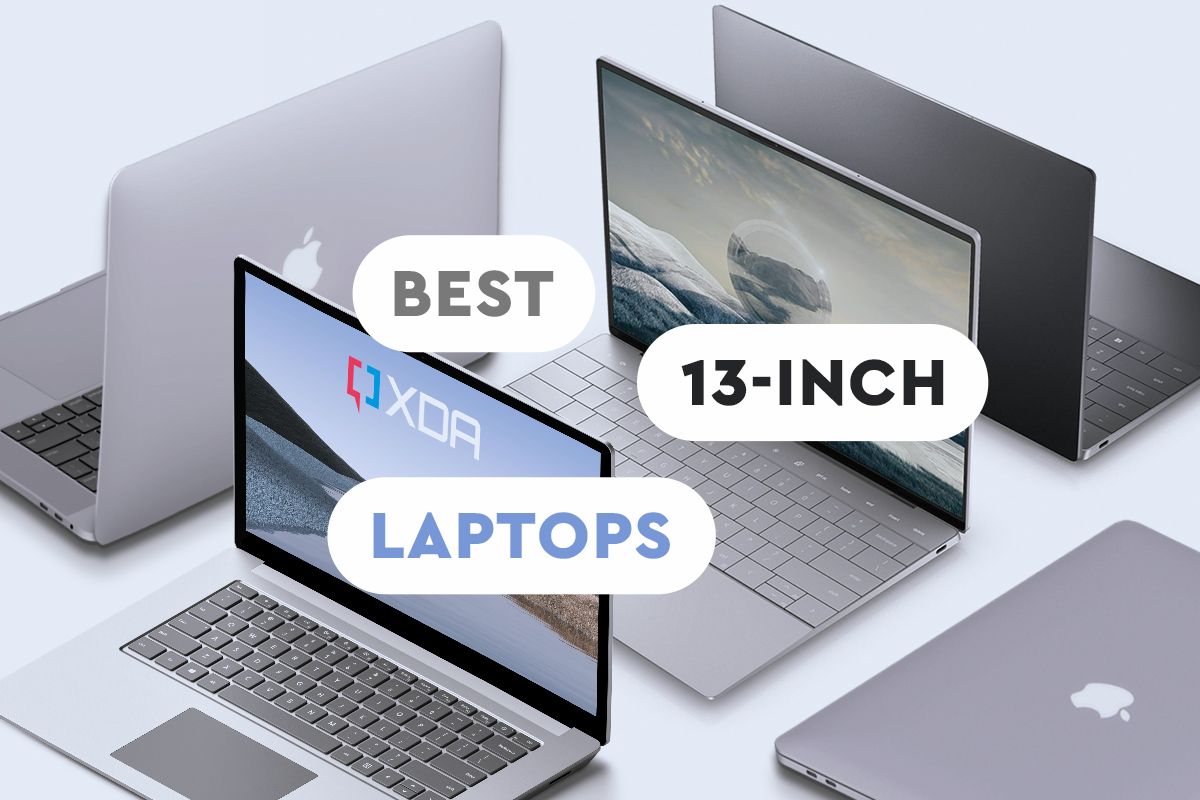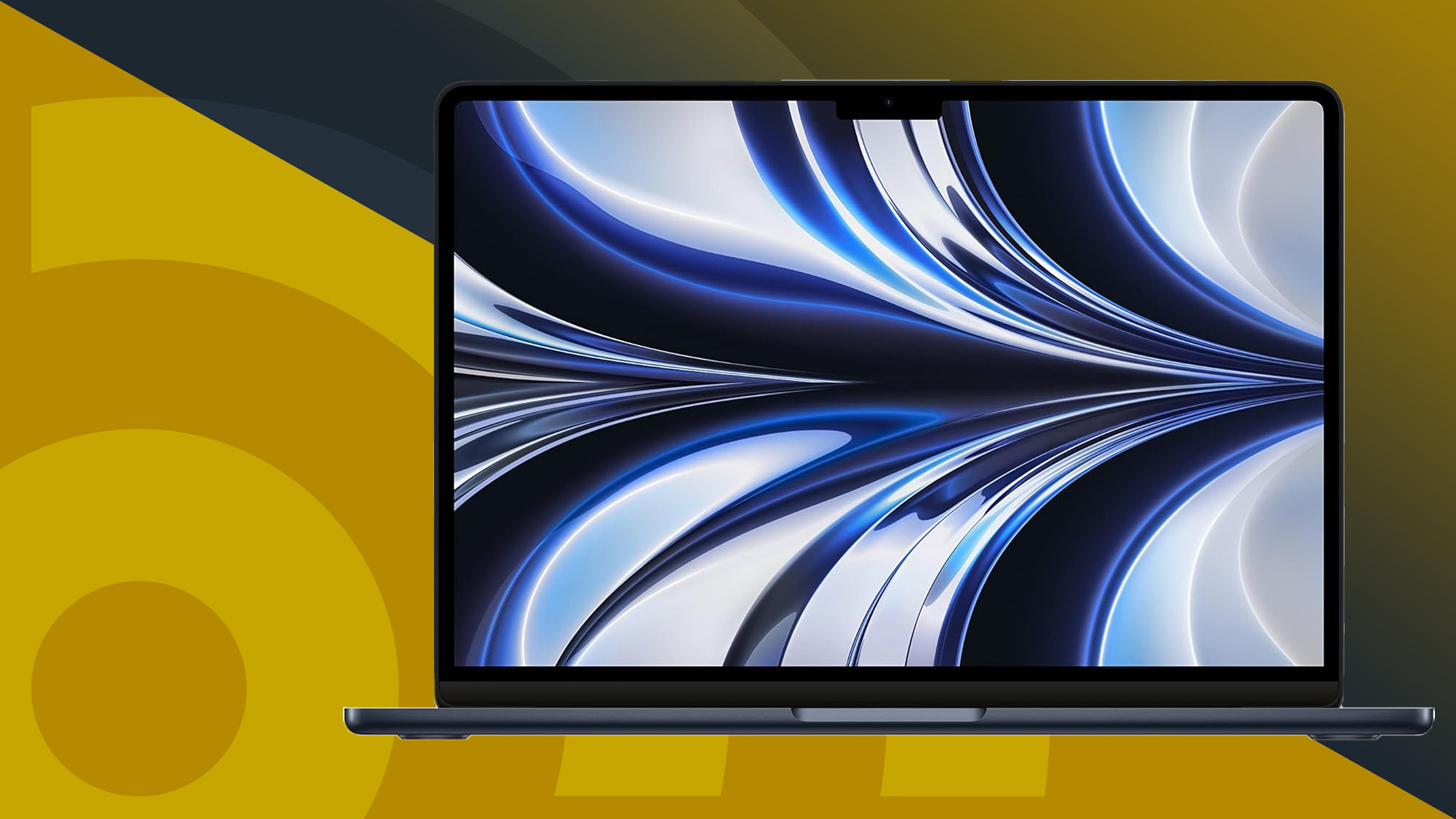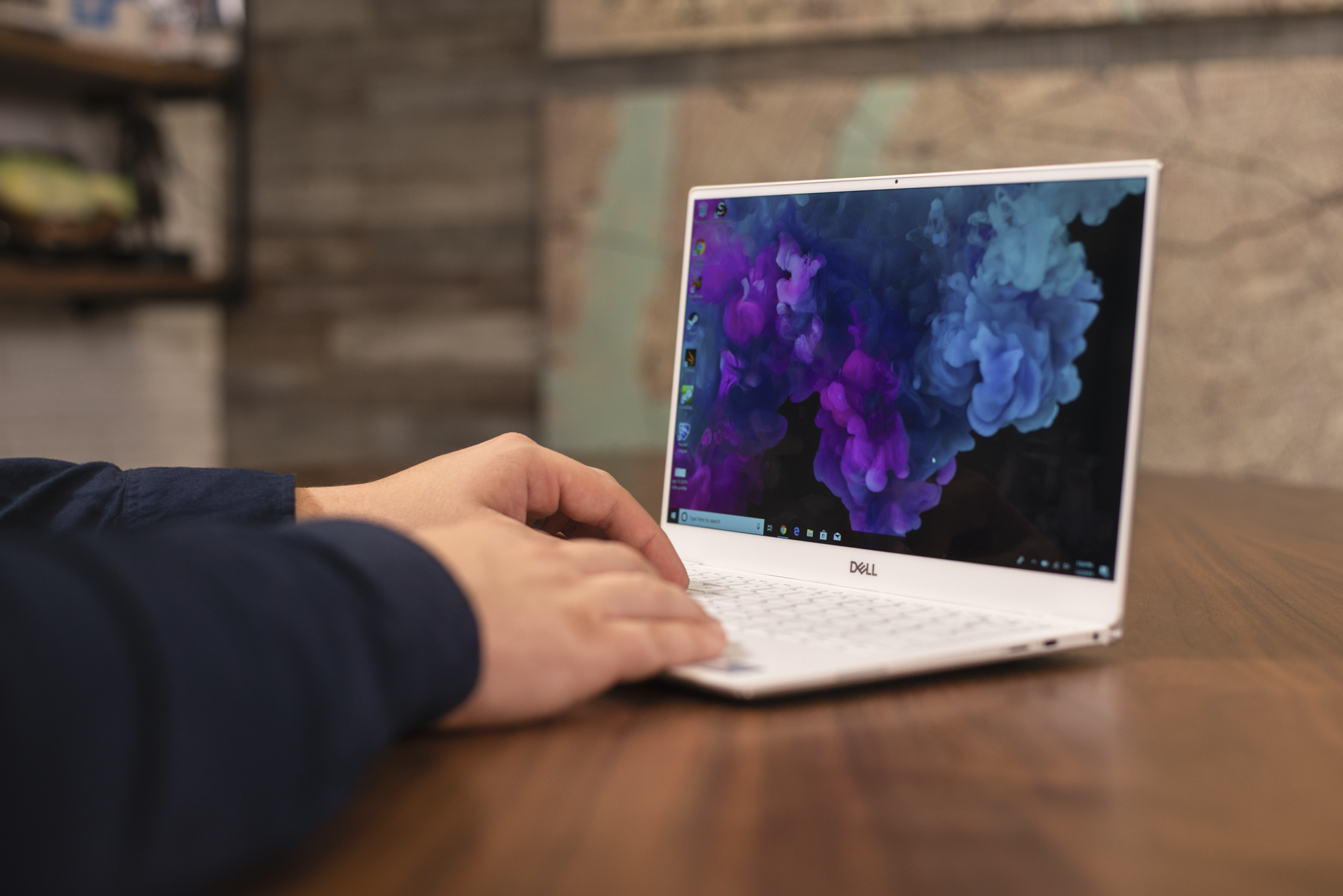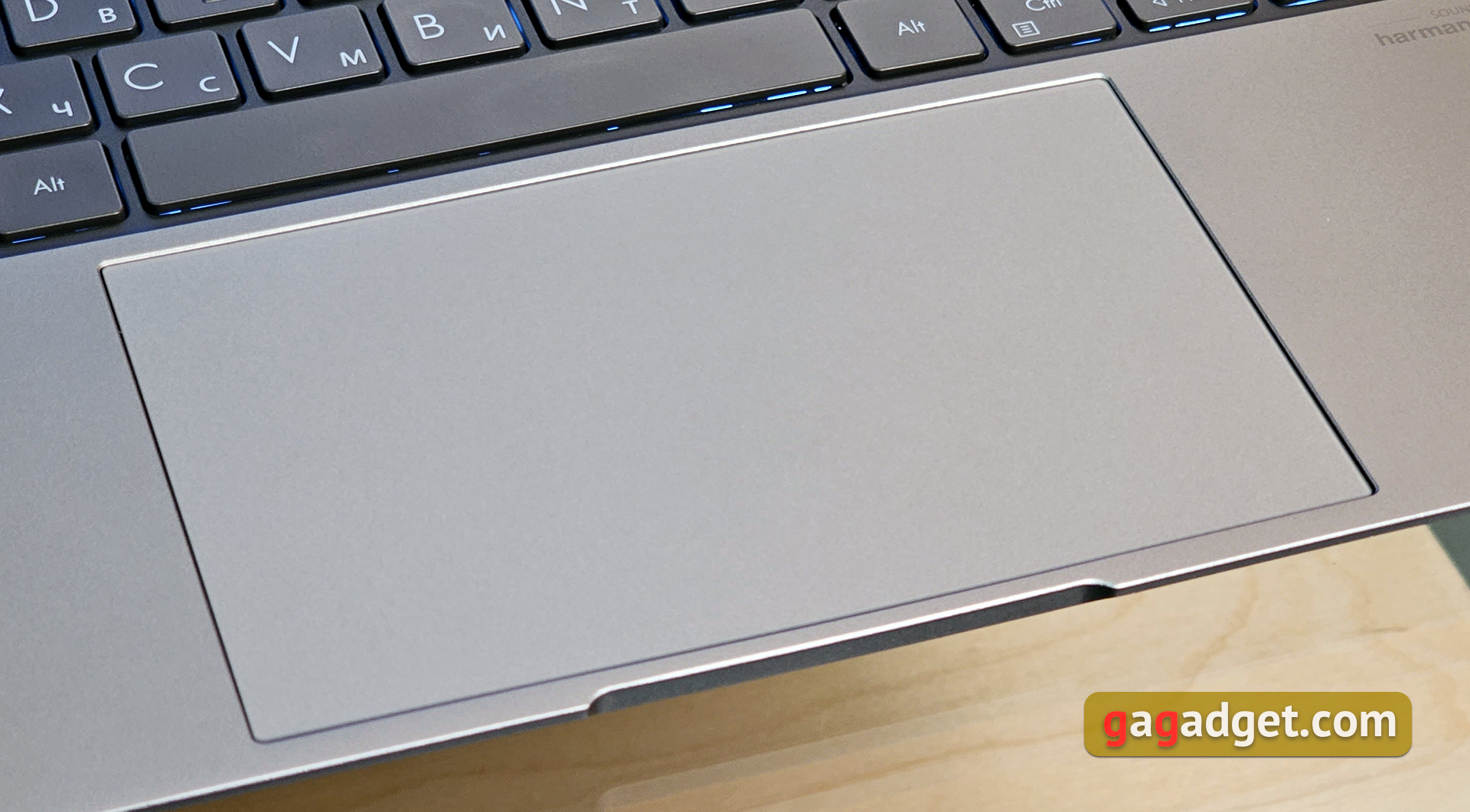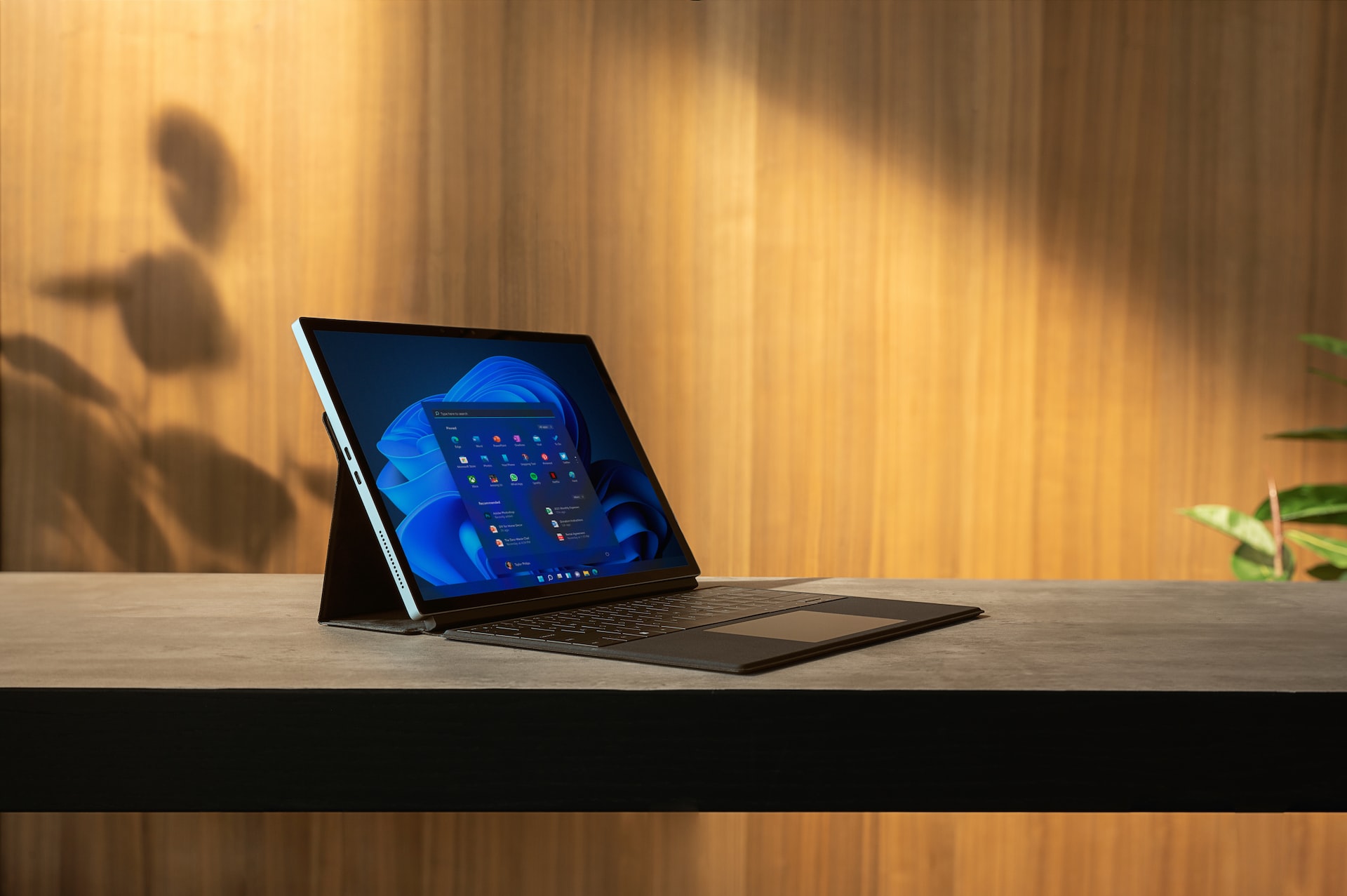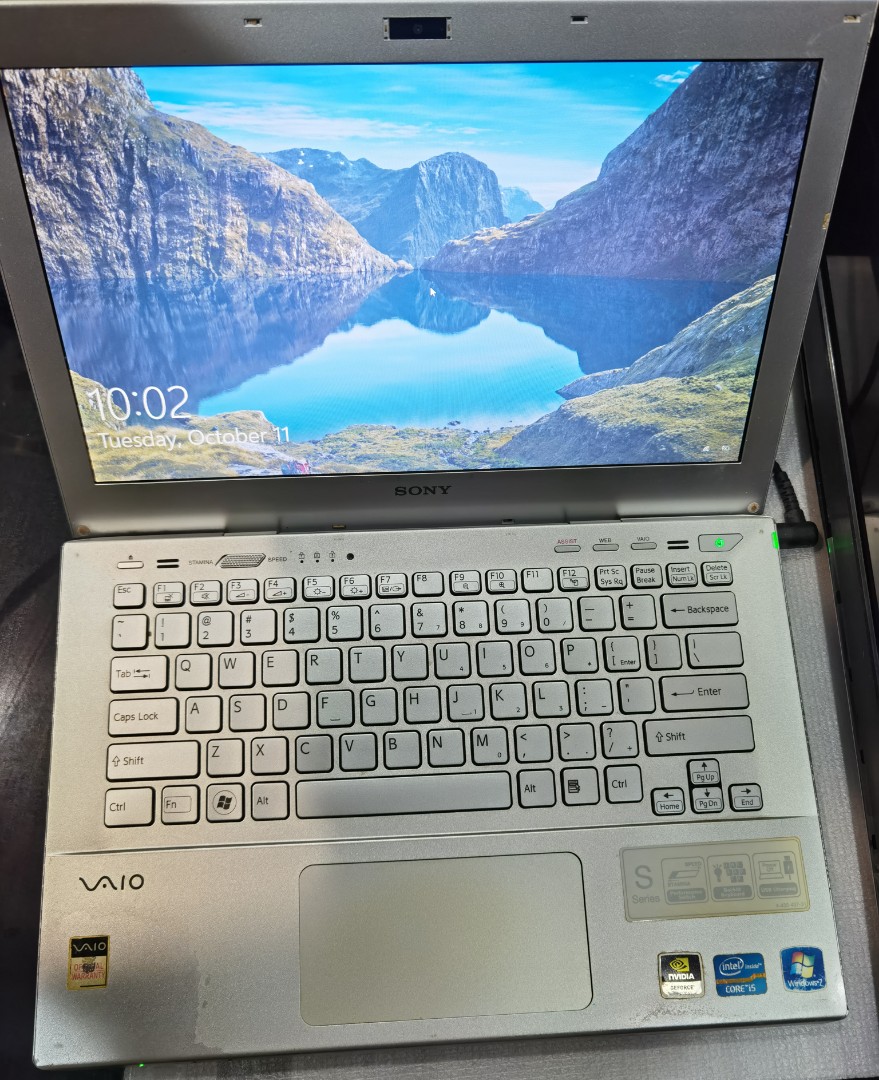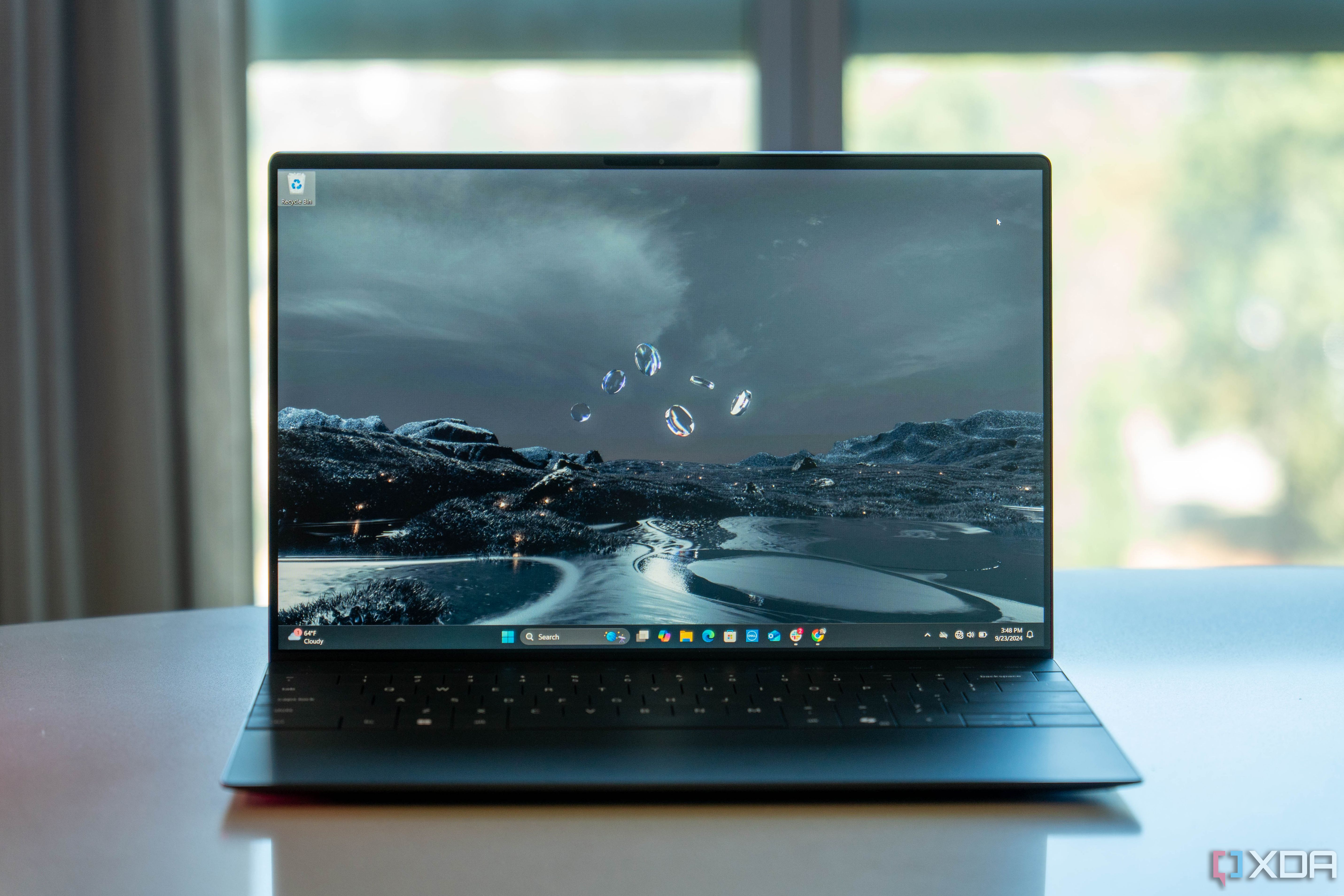Best Resolution For 13 Inch Laptop

In the realm of portable computing, the 13-inch laptop holds a unique position, balancing screen real estate with portability. But what is the best resolution for this form factor? For value-conscious shoppers, making the right choice can significantly impact productivity and overall user experience, so this detailed exploration is important.
Why Resolution Matters on a 13-Inch Laptop
Resolution determines the sharpness and clarity of the image displayed on your screen. A higher resolution means more pixels, resulting in finer details and less pixelation.
The goal is to strike the perfect balance between visual fidelity, battery life, and cost effectiveness on your 13-inch device. Higher resolutions can strain battery life and increase the price, while lower resolutions can make text appear blurry, and limit multitasking capabilities.
Shortlist: Recommended Resolutions for 13-Inch Laptops
Here are some of the most popular resolution options:
- 1920x1080 (Full HD): This is the most common and affordable option, offering a good balance of clarity and performance.
- 2560x1600 (QHD+): Provides a sharper and more detailed image, popular on premium laptops.
- 2160x1440 (2K): Another good option for increased detail, commonly found on Surface devices.
- 3840x2400 (4K/UHD): Offers the highest level of detail, but can significantly impact battery life and cost.
Detailed Reviews
1920x1080 (Full HD)
The Full HD resolution is a workhorse, perfectly suited for everyday tasks like browsing, writing, and video conferencing. It delivers good readability and image clarity without heavily impacting battery life or system performance.
Ideal for budget-conscious users and those prioritizing battery longevity. However, the pixel density is lower which can make the screen feel crowded if you try to fit too much on the screen at once.
2560x1600 (QHD+)
QHD+ offers a significant jump in visual quality compared to Full HD, resulting in sharper text and more detailed images. This resolution is excellent for photo editing, video watching, and any task where visual clarity is paramount.
While demanding more resources than Full HD, many modern laptops handle this resolution with ease. The increased clarity often justifies the extra cost.
2160x1440 (2K)
A good middle ground that provides a noticeable improvement in sharpness over Full HD, offering a balance between visual fidelity and performance. This resolution is excellent for productivity tasks and viewing high-resolution content.
Its a popular option for those wanting a sharper display without the battery drain of a 4K panel.
3840x2400 (4K/UHD)
4K displays deliver unparalleled detail and sharpness. Text is incredibly crisp, and images are lifelike, making them ideal for professional photo and video editing, as well as enjoying 4K content.
However, the high pixel density can strain the battery and require a more powerful processor, leading to increased cost and reduced battery life. This is not usually the best choice for most value-conscious users.
Side-by-Side Specs Table
| Resolution | Pixel Density (PPI on 13") | Battery Life Impact | Ideal Use Cases | Price |
|---|---|---|---|---|
| 1920x1080 (Full HD) | 169 | Minimal | General Use, Budget-friendly | Lowest |
| 2560x1600 (QHD+) | 227 | Moderate | Photo Editing, Video Streaming | Mid-Range |
| 2160x1440 (2K) | 199 | Moderate | Productivity, Media Consumption | Mid-Range |
| 3840x2400 (4K/UHD) | 346 | Significant | Professional Editing, 4K Content | Highest |
Practical Considerations
Beyond the raw resolution, consider the screen technology. IPS panels offer wider viewing angles and better color accuracy compared to TN panels. OLED screens provide excellent contrast ratios and vibrant colors, but may be more expensive.
Scaling is also essential. Windows and macOS allow you to scale the user interface, making text and icons larger on high-resolution displays. Ensure that your chosen resolution scales well with your operating system.
Evaluate your typical usage. If you primarily browse the web and write documents, Full HD might be sufficient. However, if you work with images or videos, a higher resolution will be beneficial.
Summary
Choosing the best resolution for your 13-inch laptop involves balancing visual clarity, performance, battery life, and cost. Full HD offers a budget-friendly option for everyday tasks, while QHD+ and 2K provide a sharper image for more demanding applications. 4K delivers the ultimate detail, but at the expense of battery life and cost.
Carefully consider your budget, usage patterns, and desired level of visual fidelity before making a decision. Don't forget to factor in screen technology and scaling capabilities.
Call to Action
Armed with this information, confidently select the perfect resolution for your 13-inch laptop. Assess your needs, compare available options, and invest in a display that enhances your productivity and enjoyment. Start your search today and elevate your mobile computing experience!
Frequently Asked Questions (FAQ)
Q: Does a higher resolution always mean a better experience?
A: Not necessarily. It depends on your needs and budget. A higher resolution can strain battery life and may not be noticeable for all tasks.
Q: Can I change the resolution of my laptop screen?
A: Yes, you can change the resolution in your operating system settings. However, using a resolution lower than the native resolution can result in a blurry image.
Q: What is PPI, and why does it matter?
A: PPI (pixels per inch) measures the pixel density of a screen. Higher PPI results in sharper images and text. Aim for at least 160 PPI for a comfortable viewing experience.
Q: Will a higher resolution drain my battery faster?
A: Yes, higher resolutions generally require more power to render, which can reduce battery life. A more powerful CPU or GPU is needed to display a higher resolution screen, using more power.
Q: What are the best laptops with QHD+ or better screens?
A: Some popular options include the Dell XPS 13, the Lenovo Yoga series, and certain models of the MacBook Air and Pro.
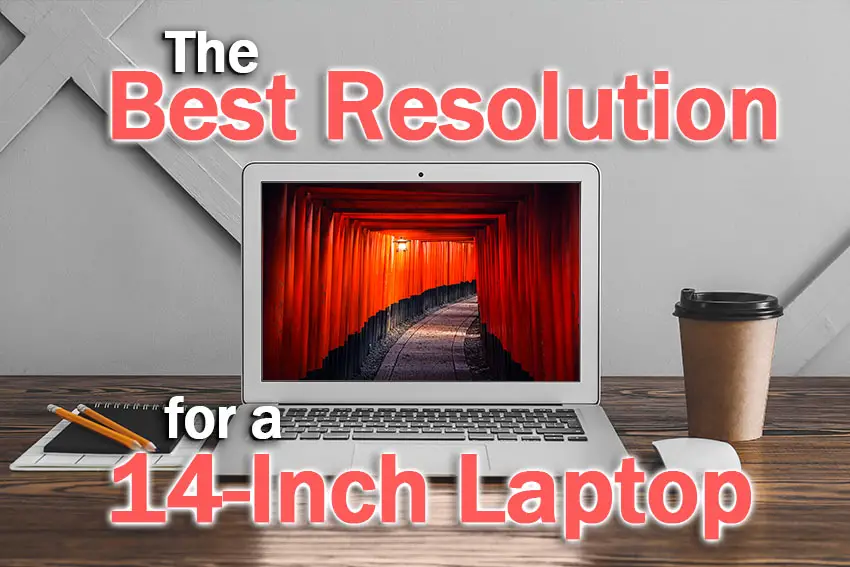
![Best Resolution For 13 Inch Laptop [Answer] What’s the Best Resolution for a 13-Inch Laptop Screen?](https://1.bp.blogspot.com/-rZCc-t6W91Y/WdnWypEfbRI/AAAAAAAAHv0/IwvlS_uDHgs16BleSzfCW9BDWlAsMOJ4wCK4BGAYYCw/s1600/Hp-Envy-13-inch-vs-14-inch.jpg)
